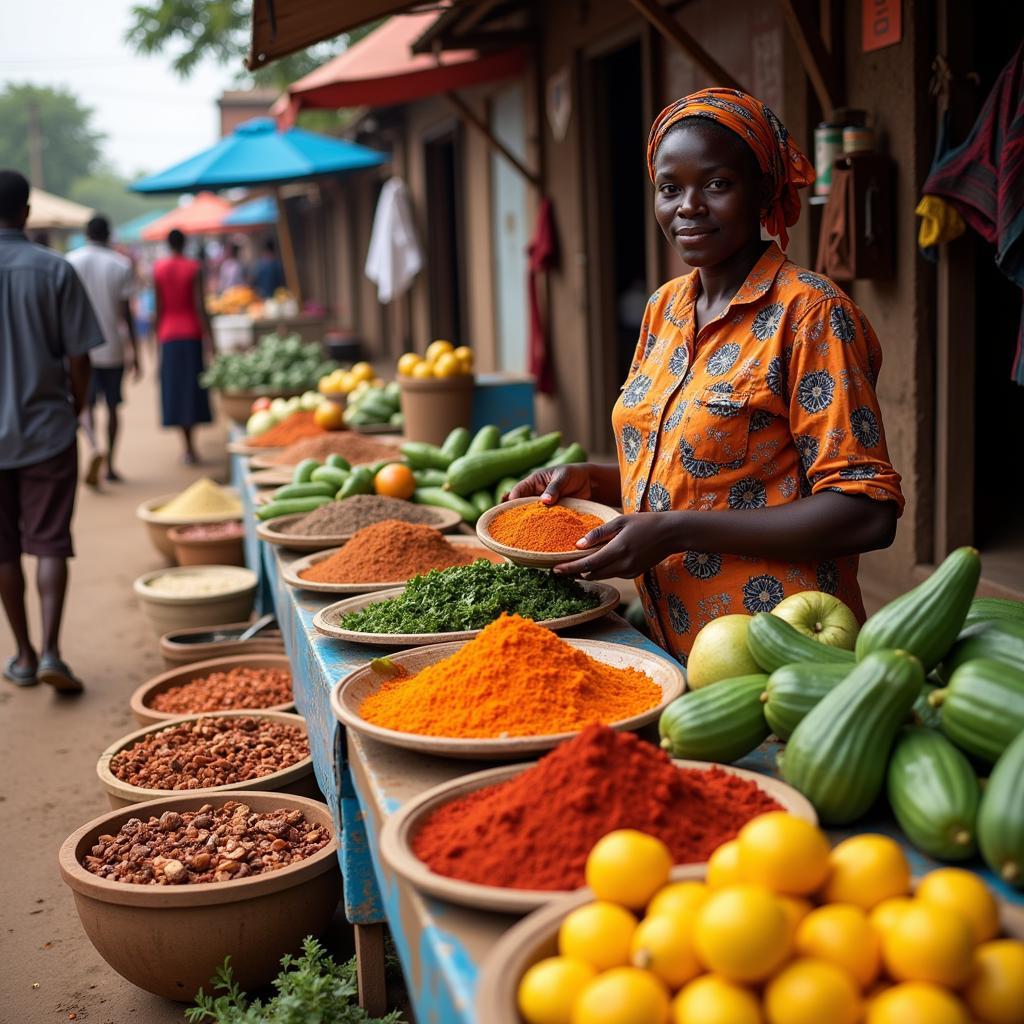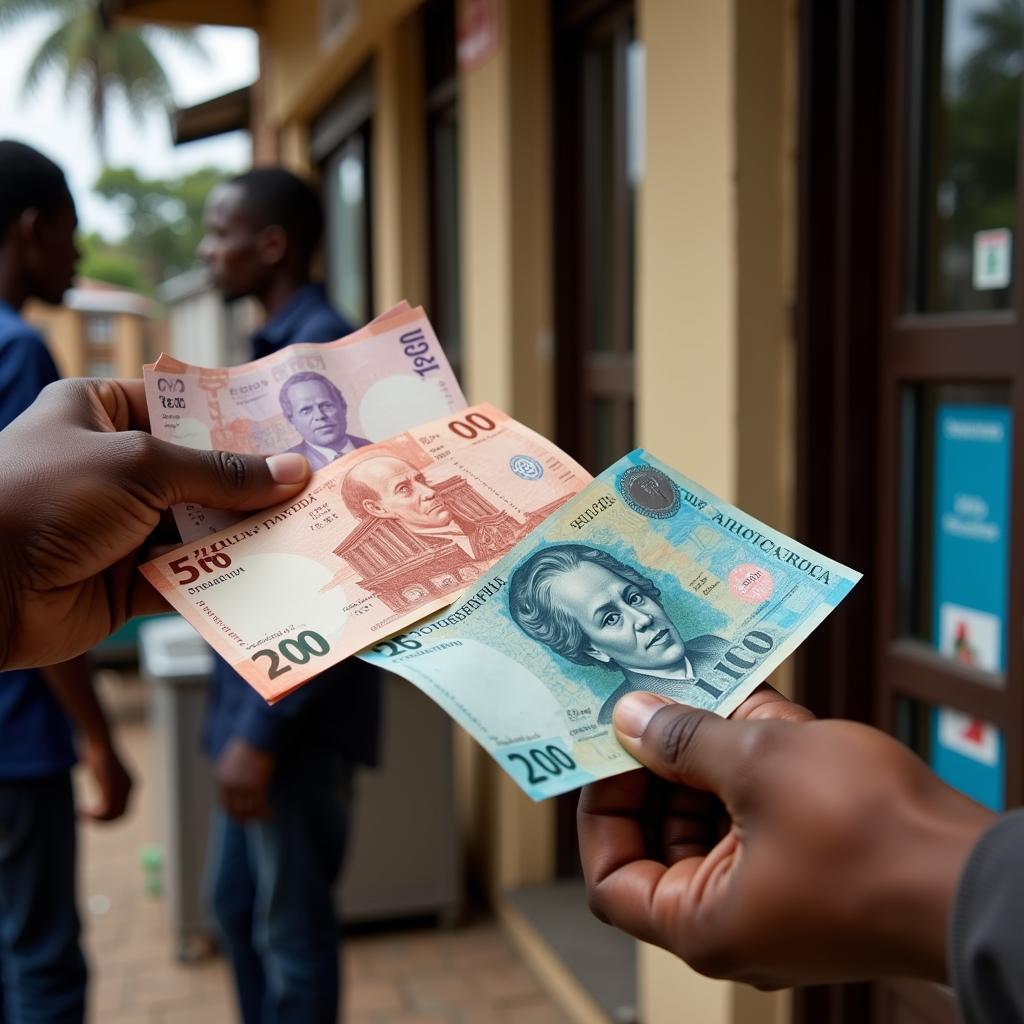The Central African CFA franc, often abbreviated to XAF or simply CFA franc, is the common currency used by six Central African countries: Cameroon, Central African Republic, Chad, Republic of the Congo, Equatorial Guinea, and Gabon. If you’re planning a trip to this region or simply curious about its monetary system, understanding the value and usage of 100 Central African CFA francs is essential.
What can you buy with 100 Central African CFA Francs?
100 XAF is a relatively small amount, especially when compared to major currencies like the US dollar or the Euro. However, it still holds purchasing power in everyday life within the CFA franc zone. Here are some examples of what you can typically buy with 100 XAF:
- Food and Drinks:
- A small loaf of bread
- A bottle of water or a soft drink
- A few pieces of fruit from a local market
- A small snack from a street vendor
- Transportation:
- A short bus ride within a city
- A shared taxi ride for a short distance
- Small Items and Services:
- Basic toiletries like soap or toothpaste
- Phone airtime
- Photocopies or printing services
 Local market produce in Central Africa
Local market produce in Central Africa
The Significance of 100 Francs in the Local Economy
While 100 XAF might seem like a negligible amount, it plays a significant role in the informal economy and daily transactions of Central African countries.
- Informal Sector: Many people in the region work in the informal sector, where transactions are often cash-based and involve smaller denominations like 100 francs.
- Accessibility: For low-income earners, 100 francs can represent a significant portion of their daily income and is crucial for accessing essential goods and services.
 Public transportation in Central Africa
Public transportation in Central Africa
Factors Affecting the Value of 100 Central African CFA Francs
The value of the Central African CFA franc, like any currency, fluctuates based on several economic factors:
- Inflation: Inflation rates in the region can impact the purchasing power of 100 XAF.
- Exchange Rates: The CFA franc is pegged to the Euro, meaning its value is directly influenced by fluctuations in the Euro’s exchange rate.
- Economic Performance: The overall economic health of the CFA franc zone countries, including factors like commodity prices (oil, for example), can affect the currency’s stability.
Quote from Jean-Pierre, an economics professor at the University of Yaoundé: “The Central African CFA franc’s peg to the Euro provides stability but also means it’s susceptible to external economic shocks.”
Using 100 Francs: Tips for Visitors
- Carry Small Denominations: It’s always advisable to have smaller denominations like 100 XAF notes and coins for ease of transactions, especially in local markets and for transportation.
- Negotiate Prices: Bargaining is common practice in many markets, so don’t be afraid to negotiate for a fair price, even for small purchases.
- Currency Exchange: While exchanging large sums of money at official bureaus or banks might offer better rates, exchanging smaller amounts for local currency at the airport or your hotel can be convenient upon arrival.
 Exchanging currency in Central Africa
Exchanging currency in Central Africa
Conclusion
While 100 Central African CFA francs might represent a modest amount, understanding its value and usage is crucial for navigating daily life and transactions within the CFA franc zone. By being mindful of local customs, carrying small denominations, and staying informed about exchange rates, you can ensure smoother and more enjoyable experiences during your travels in Central Africa.
Leave a Reply